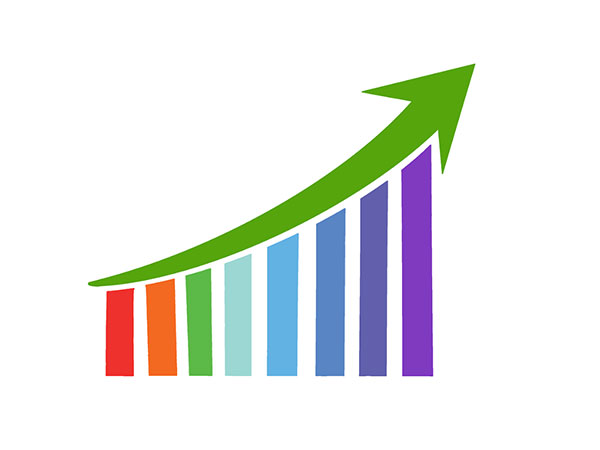Economic Activity, Not Liquidity Surplus, Drives Credit Growth: Standard Chartered Report
Standard Chartered reports that credit growth is driven more by economic activity than liquidity surplus. While high liquidity can boost unsecured personal loans, broader credit remains tied to economic demands. Unsecured loans have seen growth, notably in times of surplus, but overall credit as GDP share has declined.

- Country:
- India
According to a recent Standard Chartered report, credit growth in the economy hinges more on overall economic activity than on liquidity surplus levels.
While a high liquidity surplus might boost unsecured personal loans, excluding those for consumer durables, it doesn't automatically translate to general credit expansion.
The report indicates that during periods of excess liquidity, credit growth without unsecured or consumer durable loans actually slows.
The findings stress that real credit demand, closely tied to economic fluctuations, remains a crucial driver, surpassing availability or funding costs.
Efforts to augment liquidity as a counter-cyclical measure by central banks often don't prevent overall credit, excluding certain loans, from declining as GDP shares.
From December 2016 to September 2017, despite liquidity surplus periods, credit share of GDP declined from 48.9% to 46.2%, continuing until mid-2019.
In contrast, unsecured personal loans (excluding consumer durables) have drastically increased, doubling to about 6% of GDP, partly due to structural shifts like digital lending.
Between March 2021 and March 2023, despite broader credit deceleration, unsecured personal loans surged amidst a significant liquidity surplus, reflecting changing lending dynamics.
(With inputs from agencies.)
ALSO READ
Dollar Holds Steady Amid Geopolitical Tensions and Central Bank Decisions
Dollar Steadies Amid Middle East Tensions and Central Bank Meetings
Global Markets Steady Amidst Middle East Tensions and Central Bank Meetings
Stocks Climb Amid Geopolitical Tensions and Central Bank Anticipation
Global Market Jitters as Middle East Tensions and Central Bank Decisions Loom










